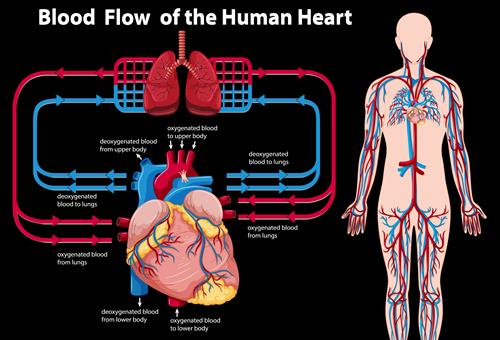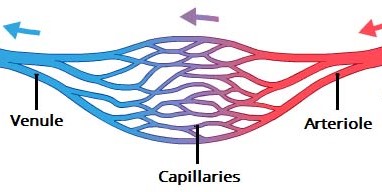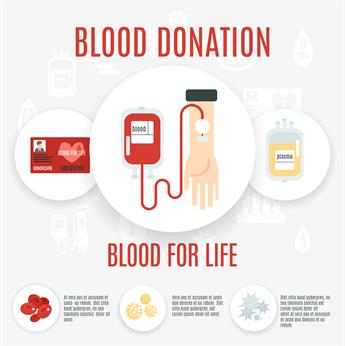
PUMPA - SMART LEARNING
எங்கள் ஆசிரியர்களுடன் 1-ஆன்-1 ஆலோசனை நேரத்தைப் பெறுங்கள். டாப்பர் ஆவதற்கு நாங்கள் பயிற்சி அளிப்போம்
Book Free DemoThe tube-like structures in which the blood flows are known as blood vessels.
The oxygen that fills up the lungs during inhalation has to be transported to the various parts of the body. The waste materials, including carbon dioxide, which are eliminated from the cells, must be returned to the lungs for further purification. All these functions are performed by the blood vessels.
Based on their functioning, the blood vessels are categorized into two types. They are arteries and veins.
Characters | Arteries | Veins |
Blood | The arteries are blood vessels which carry oxygenated blood from the lungs to all the other parts of the body. | The veins are the blood vessels that carry blood rich in carbon dioxide from the various parts of the body to the lungs for purification. |
Walls | As the arteries carry blood to all the parts of the body, the blood flows at a high speed and pressure in these vessels. Due to this, these vessels have thick walls. | Unlike the arteries, the veins have thin walls as they carry blood only to the lungs. |
Size | As the blood has to flow quickly through them, they are narrow in size. | As they have to collect the blood from all the body parts they are wider in size. |
Valves | They lack valves as the blood flows in only one direction. | They have valves to prevent the backflow of blood. |
- The special blood vessel that carries the blood rich in carbon dioxide from the heart to the lungs is known as the pulmonary artery.
- The special blood vessel that carries the blood rich in oxygen from the lungs to the heart is known as the pulmonary vein.

Blood circulation
Capillaries
When the arteries reach the tissues, they split out into extremely thin tubes. They are known as capillaries. These capillaries join again and form veins that empty the deoxygenated blood into the heart.

Blood flow from artery to vein through capillaries
Pulse
The rhythmic throbbing produced due to the continuous pumping of blood in the arteries is known as pulse.

Checking pulse rate on the wrist
Pulse rate
The number of pulse beats per minute is known as pulse rate. The average pulse rate of humans is 72 to 80 beats per minute. Pulse rate is also known as heartbeat.
Blood donation
Blood can be donated at the various hospitals and certain places that are authorized by the government. The blood that is donated is stored in the blood banks. A healthy person can donate blood from18 years of age. Hundreds of people mostly die due to the unavailability of blood. Hence blood donation saves lives.

Blood Donation
Reference:
https://www.freepik.com/free-vector/blood-flow-human-heart_10163433.htm#page=1&query=blood%20vessel&position=7https://www.freepik.com/free-vector/blood-donor-icon_3977314.htm#page=1&query=artery&position=40